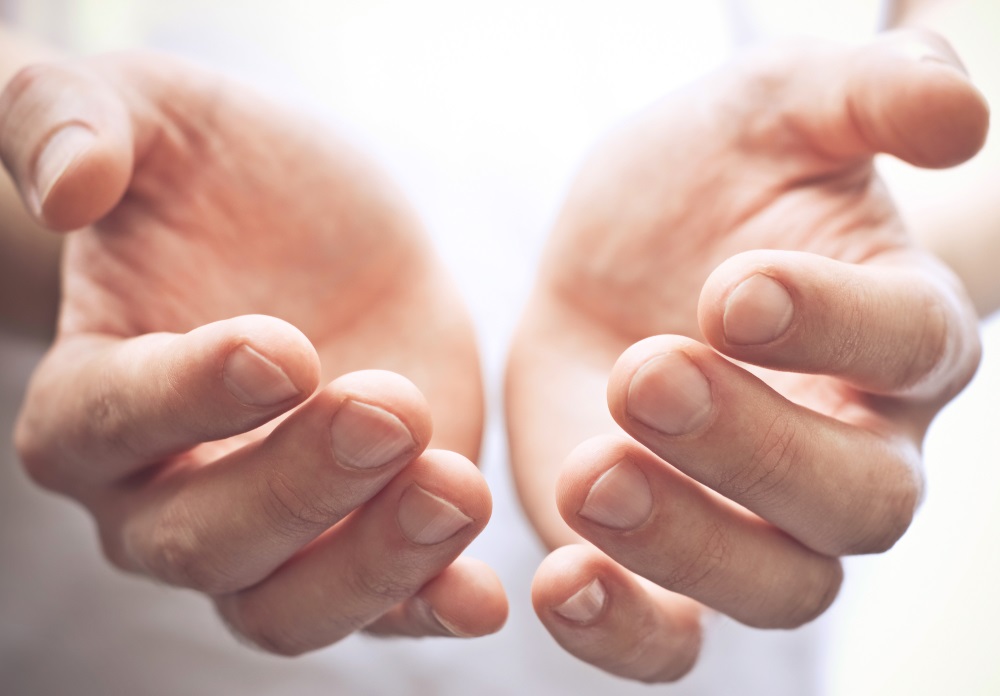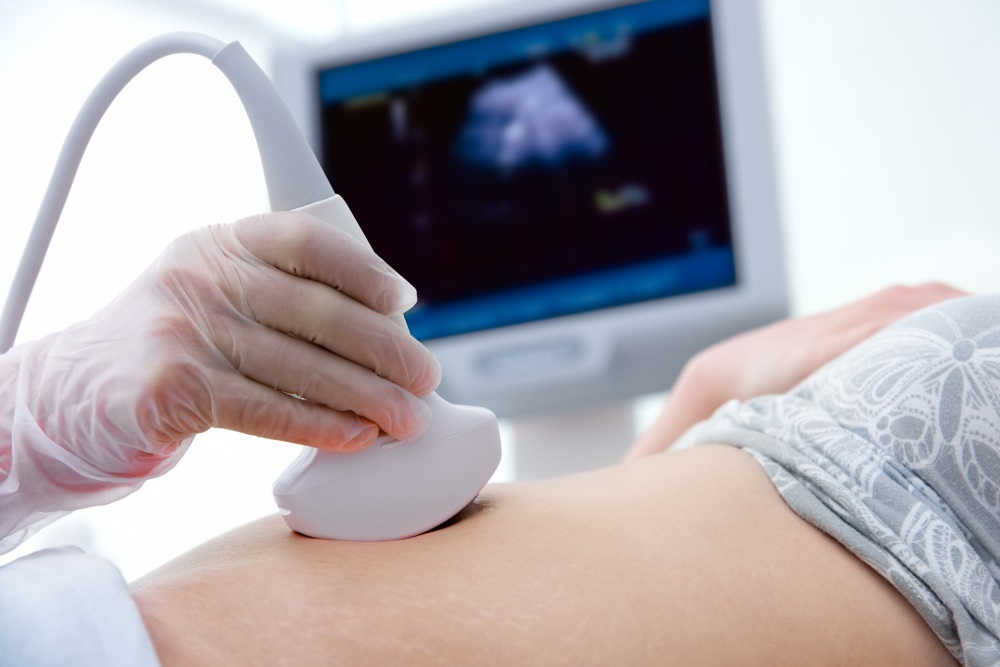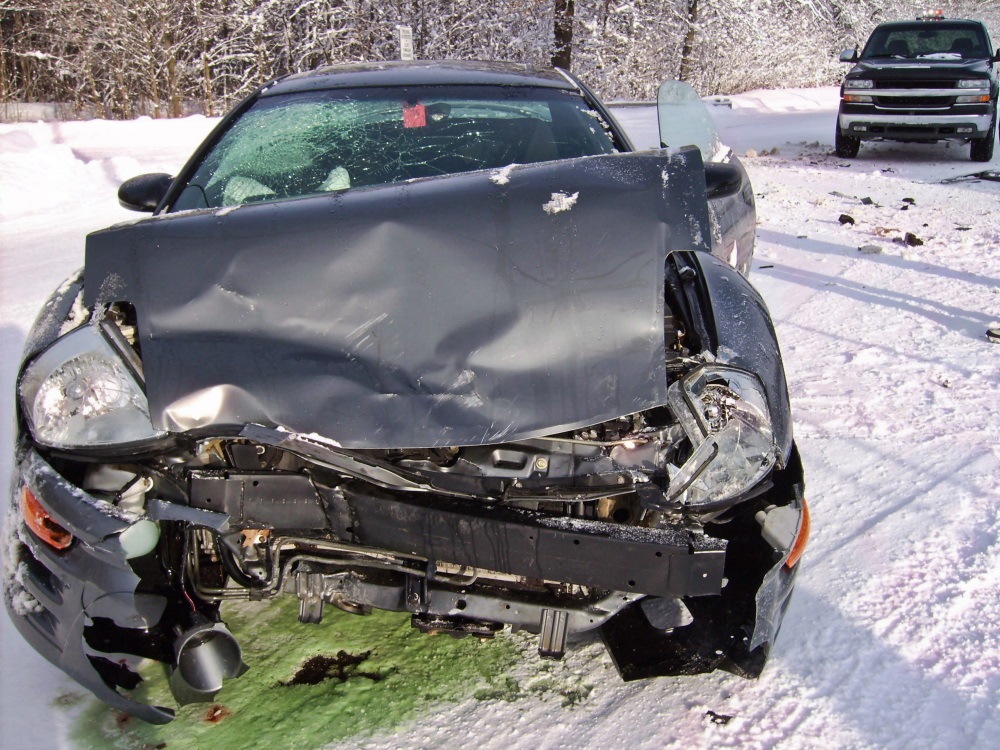
If you’ve been reading ARinMED, you most likely know that telemedicine is now a big thing, and telementoring is also a part of that universe. Telementoring is a field of telecommunications in the medical world that will be able to cover the specialized medical personnel deficit in rural areas successfully in the years to come. However, in order to do that, a specialized and standardized method needs to be developed. It’s not easy – this is concerning human beings and because of that, nothing less than excellence is acceptable.

Researchers from the Memorial University of Newfoundland in Canada cited challenges in recruitment and retention of medical personnel in rural areas as the main incentive to carry on with this exciting telemedicine experiment. The Microsoft HoloLens is first and foremost the protagonist of the system, and while the university considered many other options, this specific study focused on teaching Point of Care Ultrasound (PoCUS), which is the use of a portable ultrasonography device that is usually at the patient’s bedside for diagnostic and/or therapeutic means. This is a complex topic because it is not an easy procedure, and besides training, experience is also required, which makes it a perfect target for a telemedicine experiment.

The subject will use Microsoft HoloLens to simulate being on a rural emergency setting, and using the HoloLens’ Mixed Reality capabilities, the mentor’s hand gestures during the procedure were captured using Leap Motion technology and displayed in the AR/MR setting of the HoloLens, giving guidance during the PoCUS training. In order to test this system, 12 medical novices were guided through a simulated ultrasound training in a trauma scenario, variables such as utility of the system from the users, mentor, and third-party objective observers were analyzed, bringing a positive light into developing a full-fledged system of AR/MR Telemedicine with these kinds of specifications.

This is the big picture, right? To build a system for telemedicine that uses the advantages and learn about the limitations of each and every iteration that has been built in the last two years? This great idea could solve situations that go from the simplest one, like deciding if an appendicitis needs to be surgically intervened to more complex situations such as performing a peri cardiocentesis (pericardial puncture and drainage in the case of a cardiac tamponade). This is what we are looking to achieve, and is what this technology could allow us to do in the near future!

But, in order to achieve that, we think that first we need to search for a criteria and effort unification on this technology. Some important companies are taking the leap – and the expectations are amazing, specially while trying to solve life/death situations. But, all of those efforts fitting into one big platform would mean a true progression in a near future! Picture having a friendly and experienced person available to help the more inexperienced users in a moment of need. Someone who knows what needs to be done, and knows how to do it in order to guarantee the health and safety of every single patient out there. This is what Telemedicine is striving to do with Augmented Reality.
Do you like this version of telemedicine? Comments? Let us know below!







